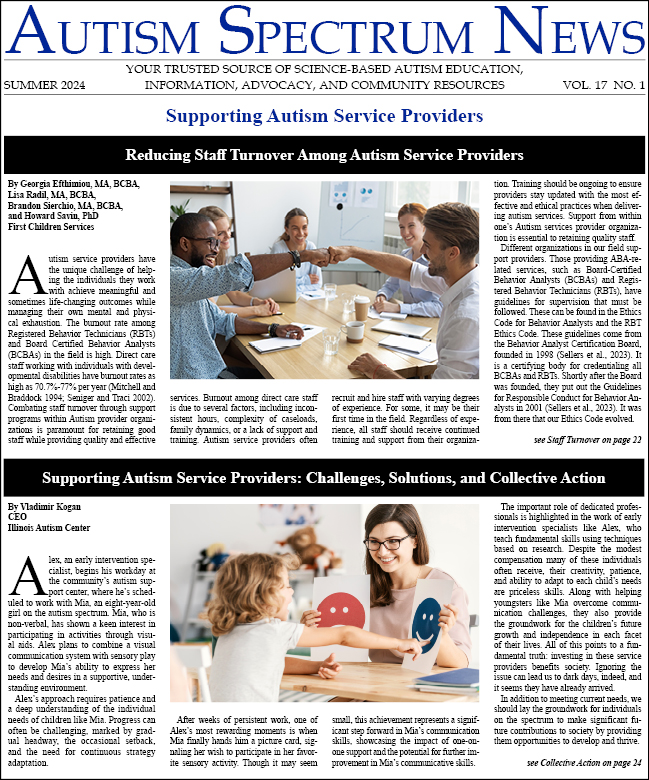-
The Regulating Benefit of Rituals
The ball boy hands him the tennis ball. He drops it to the ground twice, his torso bent over and neck extended, looking at his opponent. He swipes his face swiftly, touching his right cheek, nose, left cheek, and back to nose. He moves his water bottle just outside the boundary line. Wipes the...
-
All Are Welcome: Creating an Inclusive Festival
Almost 11 years ago, I founded an organization, Autism Personal Coach, that provides coaching to autistic adults and teens to improve the quality of our lives. Within the first year of our existence, I realized that the lack of community was a glaring and alarming need for many of our clients. That...
-
Teamwork: Building A Successful Neurodivergent-Neurotypical Marriage
As I sit down to write this, my husband and I just celebrated our 39th wedding anniversary. We met through a mutual friend - an ex-boyfriend of mine. Joseph and I had gone our separate ways a few months before I received a phone call from “Caper” (his chosen “call sign”). I was surprised by...
-
Navigating the Sandwich Generation: My Personal Journey as a Neurodivergent Entrepreneur, Mother, and Daughter
I am a sandwich generation mother and daughter; I can attest to our unique challenges. I have the added challenge of a disability, or as I like to refer to it, a unique neurotype. Despite growing up thinking I was a neurotypical person who was just unlikeable or “weird,” I have always been...
-
A How-To Guide to Emotional Support for Neurodiverse Couples
In my neurodiverse couples therapy practice in New York City, many central themes are addressed including communication, intimacy, sex, and parenting. However, one of the most consistent themes brought up by neurotypical partners is feeling a lack of emotional support in their relationship. Their...
-
Don’t Divide the Autism Spectrum: Unite the Whole Community
Despite clear alternatives, some prominent voices in the autism world, whom I wrote about in November, are continuing to push for a new category which they are calling “Profound Autism.” They are completely ignoring Autistic voices. The Autism Self Advocacy Network (ASAN), “has continually...
-
“It’s Special” Podcast with Tracey Spencer Walsh, Esq. and Cecelia McCarton, MD
Tracey Spencer Walsh is the Founder and Chief Litigation Strategist of Spencer Walsh Law, PLLC and is also the creator and host of the podcast, “It’s Special.” The “It’s Special” podcast takes a vast amount of information in the realm of special needs - sometimes too...
-
Uncovering Neurodiversity in a Relationship
Neurodiversity in a partnership signifies that partners’ brains are wired differently from one another. When a couple learns that someone has a diagnosis of Autism Spectrum Disorder (ASD), it can fundamentally shift the way they view their relationship. While there are inherent challenges that...
-
An Interview with Elaine Hall, Founder of “The Miracle Project” and Mother of a Non-Speaking Autistic Adult, On the Concept of “Profound Autism”
This interview article was originally published on the Neurodiversity Press Blog and has been republished with permission. Michael John Carley: Elaine, tell me about your son, Neal. Elaine Hall: Neal Katz is a 28-year-old autistic multi-modality communicator who uses gestures,...
-
Supporting Teens and Adults in Becoming the Best Self-Advocate They Can
The creation of self-advocacy is a story that is one of pioneering and revolution dating back as far as 1968 (Glumbić et al., 2022). Today, many self-advocacy organizations target elevating neurodiverse voices and providing space for neurodiverse individuals to advocate for themselves. The current...





